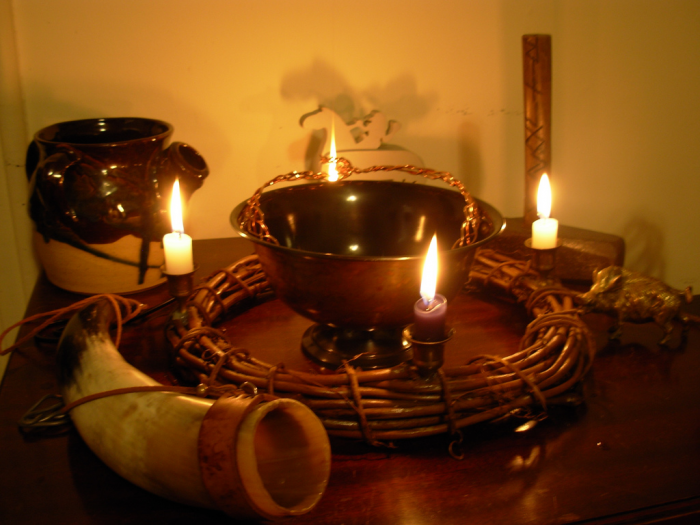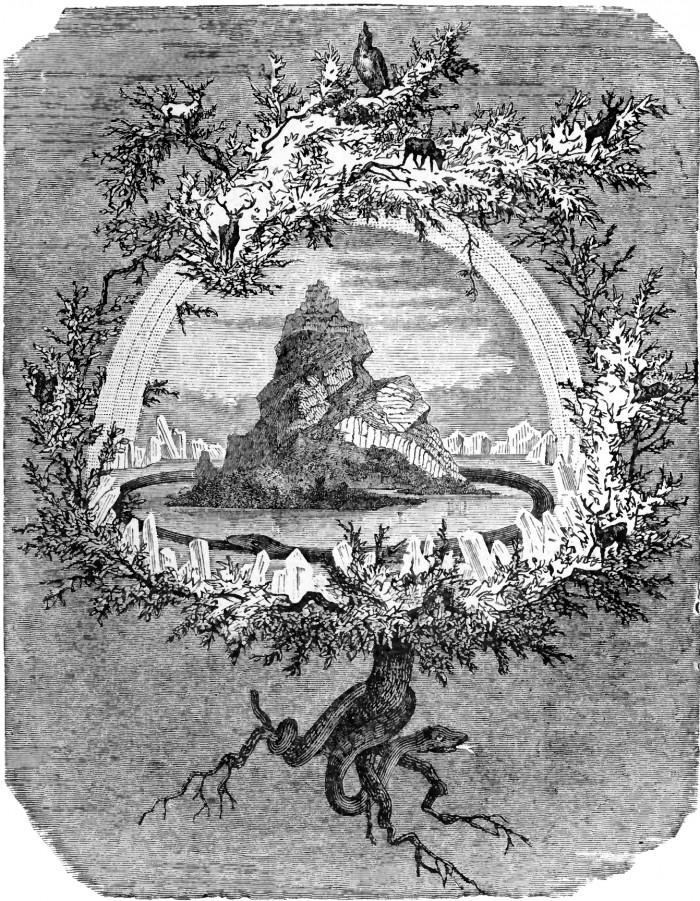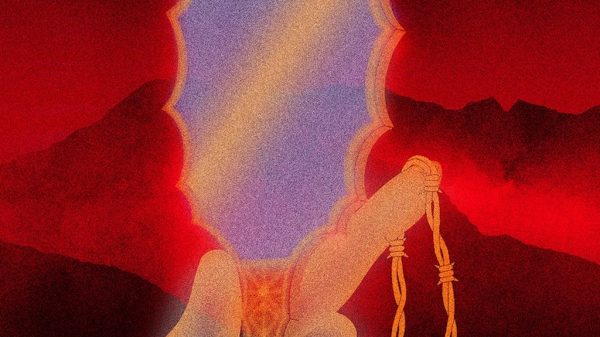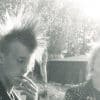Animism is a large part of the belief system, with practitioners communing not only with spirits of trees and animals, but with the land. With this comes the connection to their ancestors through the land they shared. This the most misunderstood element of the “nationalism” which comes with the folk school, which can also be amplified in some cases to blatant racism and white supremacy. Being a new country, America can often take a myopic view when it comes to other cultures, choosing what suits its own view of itself best. Combine this with human beings’ tendency to use religion of any flavor as platform to elevate personal agendas, and the rotten apples begin to spread.
As with most religions, Odinism’s biggest flaw is it being man made, attaching the finite mortal mind to the quest of seeking something higher. However, if one must practice a religion, it’s like rock ‘n roll in the sense that it’s always better to go with a version closest to the source rather than suffering through a derivative band. This form of paganism has pretty deep roots, as the worship of Odin, Wotan, Woden and even the Germanic Mercury are all derived from theonym of Wodanaz. While the Viking age goes back to 793 AD, the origins of Wodanaz goes back 8,000 years further .
Another bridge between Odinism and metal is its link to the works of Tolkien, who was involved in the Viking Revival of the 19th century, or the Septentrionalism Movement, following in the footsteps of William Blake and Thomas Gray before him. This movement’s origins are traced back to the 16th century, when the national identity of Scandinavian culture saw a rise. In fact, Tolkien’s Lord of the Rings Trilogy borrowed very heavily from Germanic mythology, especially the epic 12th century poem Song of the Nibelung, better known from the Wagnerian operas known as the Ring Cycle penned in 1874, a few decades before Tolkien’s 1937 book Hobbit. Both stories involve an epic quest pertaining to a majick ring; Tolkien simply replaced the poem’s protagonist Siegfried with a smaller protagonist. Though being a dragonslayer was the most prominent connection between the two, elements of Siegfried surfaced in other characters. If a Scandinavian black metal band isn’t screaming about bringing forth Ragnarok, chances are they have been throwing in Tolkien references – if they haven’t already named themselves after something in the black tongue of the orcs.
As for where to start when it comes to the study of Germanic Neo Paganism, the problem is that most available works were written after most of Scandinavia converted to Christianity in 1100, so there tends to be a very apologetic tone to the writing of even the most credible sources, such as Icelandic statesman Snoori Sturluson, who wrote his work after Iceland had already converted to Christianity, so he is not writing to believers. This leaves believers opting for the more poetic Edda, with the best book on the subject being Gods and Myths of Northern Europe by Hilda Roderick Ellis Davidson.

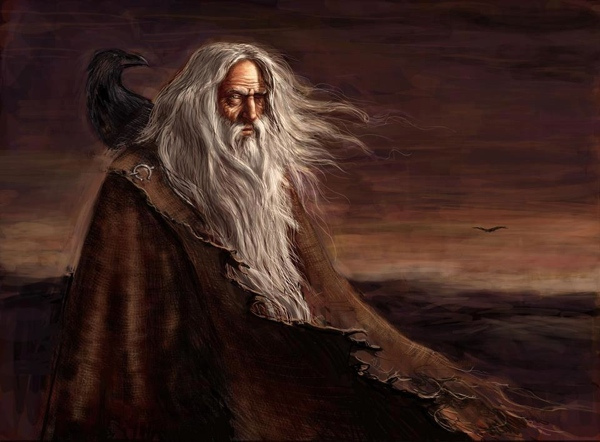
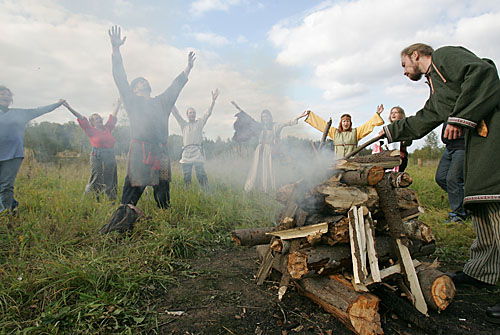
.png)
